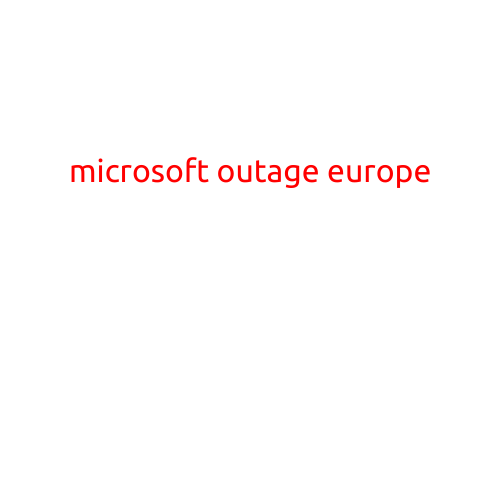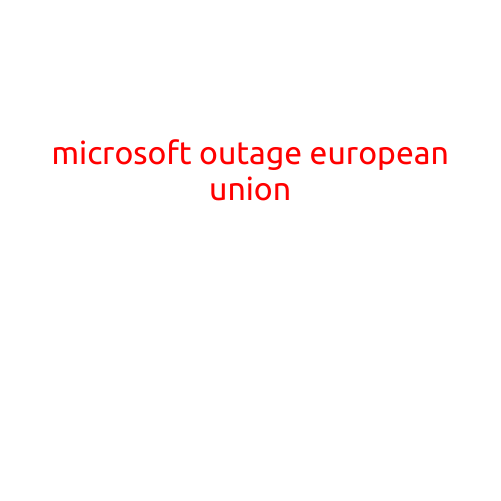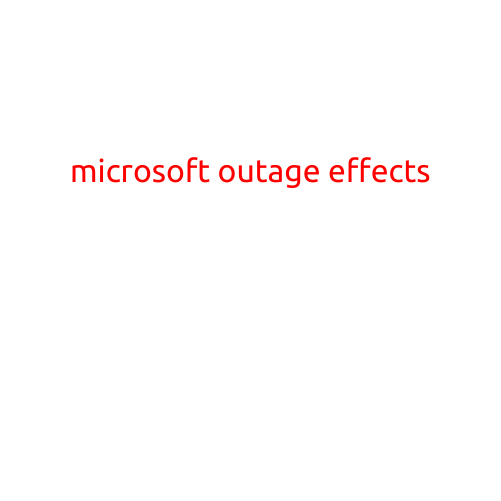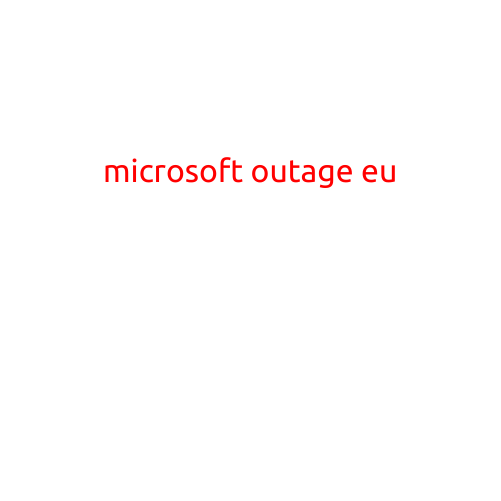
Microsoft Outage Email: How to Stay Informed and Minimize Disruption
Microsoft, one of the world’s leading technology companies, has experienced outages in the past that have affected millions of users worldwide. These outages can be frustrating and costly, especially for businesses that rely heavily on Microsoft’s products and services.
This article will provide you with information on how to stay informed about Microsoft outages, the causes of these outages, and some tips on how to minimize disruptions when they occur.
How to Stay Informed
Microsoft provides several ways for users to stay informed about outages and maintenance:
- Microsoft 365 Status Page: The Microsoft 365 Status Page provides real-time information on the status of Microsoft’s services, including Office 365, Azure, and Dynamics. The page is updated regularly and provides information on the cause of the outage, the impact on users, and the expected resolution time.
- Microsoft Outage Email: Microsoft sends outage emails to users who have enabled notifications in their Microsoft account settings. These emails provide information on the outage, its impact on users, and the expected resolution time.
- MSOutlook.com: Microsoft’s Outlook website provides a “Service Alerts” section that lists any current outages or planned maintenance that may affect users.
Causes of Microsoft Outages
Microsoft outages can occur due to several reasons, including:
- Software Updates: Microsoft periodically releases software updates to improve its products and services. However, these updates can sometimes cause outages if they are not properly tested or implemented.
- Network Issues: Network issues, such as DNS failures or routing problems, can cause Microsoft services to become unavailable.
- Hardware Failure: Hardware failures, such as server crashes or network equipment failure, can cause Microsoft services to become unavailable.
- Cyber-Attacks: Cyber-attacks, such as DDoS attacks or malware infections, can cause Microsoft services to become unavailable or slow down.
Tips to Minimize Disruptions
Here are some tips to help minimize disruptions caused by Microsoft outages:
- Use Alternative Tools: If you use Microsoft’s products and services, it’s a good idea to use alternative tools or services to minimize the impact of an outage.
- Keep Your Software Up-to-Date: Make sure your Microsoft software is up-to-date and patched to minimize the risk of an outage caused by an outdated or unpatched software.
- Plan for Outages: Plan for outages by having backup plans in place, such as alternative communication channels or backup systems.
- Monitor Microsoft Status Pages: Monitor Microsoft’s status pages regularly to stay informed about any outages or planned maintenance.
Conclusion
Microsoft outages can be frustrating and costly, but staying informed and having a plan in place can help minimize the disruption. Microsoft provides several ways for users to stay informed about outages, including the Microsoft 365 Status Page, Microsoft Outage Email, and MSOutlook.com. By understanding the causes of outages and having a plan in place, you can minimize the impact of an outage and keep your work or personal activities running smoothly.





